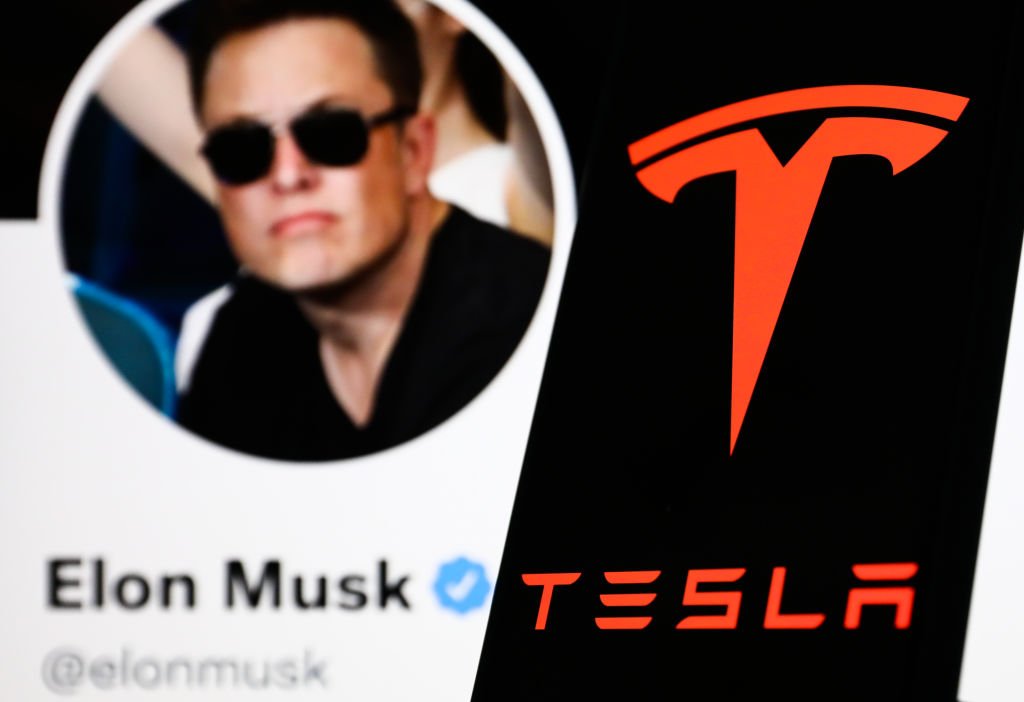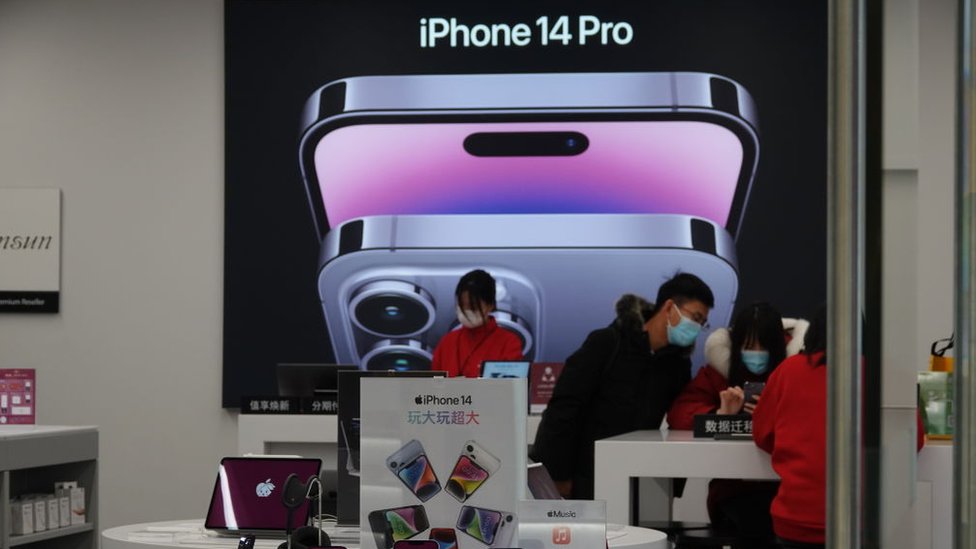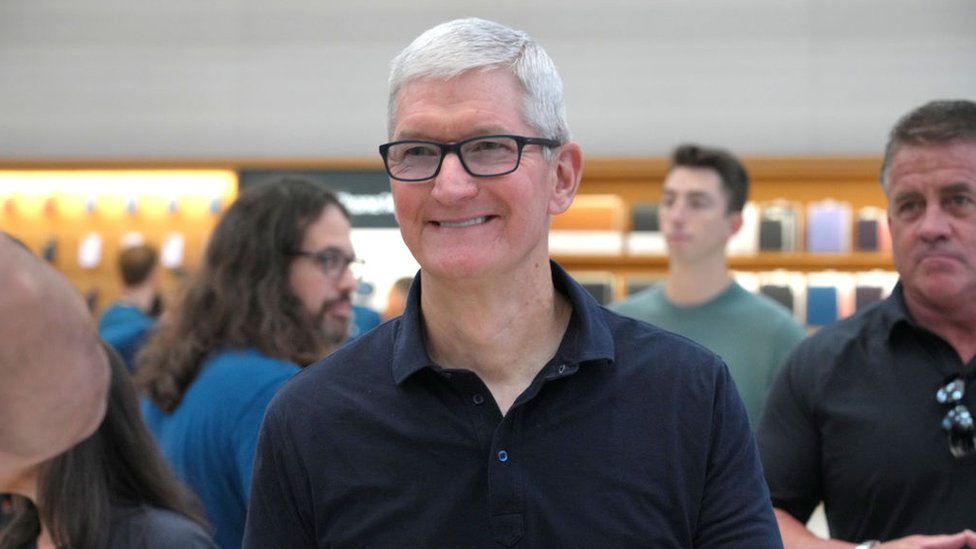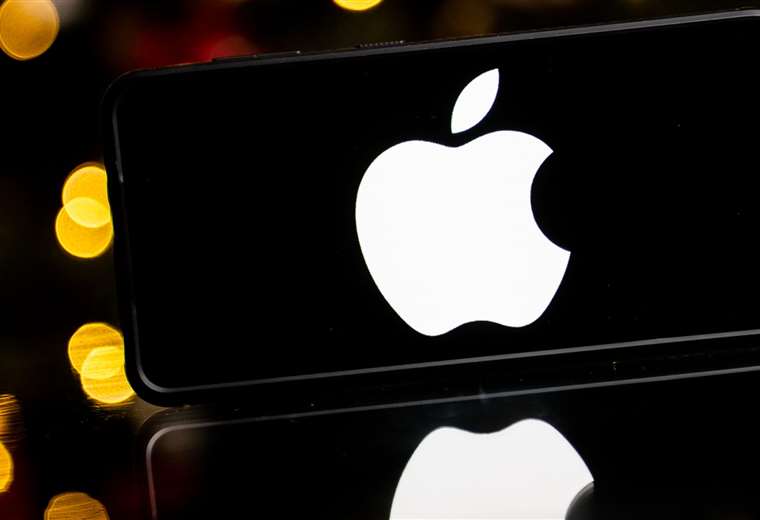February 3, 2023, 11:31 AM
February 3, 2023, 11:31 AM
Global growth will slow sharply this year due to rising interest rates. These are the forecasts of international organizations, and many Wall Street companies already know that this will translate into fewer sales and falling profits.
To deal with this, the American tech giants have almost in unison embraced the same strategy: cutting their costs.
Microsoft, Google, Amazon, Tesla, Facebook and Nvidia, among many others, they are simultaneously laying off tens of thousands of workers.
Amazon will lay off 18,000 workers, Microsoft 10,000, Salesforce will let 8,000 go, Twitter has lost more than 50% of its workforce and Alphabet (Google’s parent company) will lay off about 12,000.
Although each for their own reasons, the list of tech companies that have pulled out the scissors to cut payrolls also includes Stripe, Snap, Netflix, Coinbase, Robinhood, Peloton, Lyft and many others that they were part of the technological boom, which reached its climax during the pandemic after years of extraordinary prosperity.
However, in the midst of all this storm, Apple became the exception to the massive layoffs that the sector is experiencing.
Caution during the pandemic
The apple company has so far avoided major job and investment cuts, after growing more cautiously.
Analysts agree that he is in a different position than his peers because has been more strategic in terms of its growth and this has it better prepared for a possible economic scenario of recession.

Between September 2021 and September 2022, the company only hired 10,000 new employees, increasing the workforce from 154,000 to 164,000 full-time workers, according to documents filed with the US Securities and Exchange Commission (SEC) and collected by the American publication Business Insider.
This figure is well below tens of thousands of workers that Amazon, Meta and Google each hired during the same period.
More services, less hardware
Another reason that keeps Apple accounts afloat is the commitment to its services and premium products, compared to other branches of its business more focused on hardware -iPhones, iPads, computers…-.
“The action [bursátil] The world’s most valuable is a symbol of many of the challenges and opportunities facing Big Tech today. Has undergone a major shift from hardware to servicessuch as Apple Pay and Apple Music,” explains Ben Laidler, global markets strategist at the investment platform eToro.
“This has doubled as a proportion of their revenue in recent years, fueling a significant margin improvement benefitwhich, in turn, has helped it maintain a valuation above the market, unlike many of its big tech peers.”

Laidler believes that Apple has also been able to take advantage of the increase in demand for premium luxury products.
“With his $1,000 iPhones, he owns 20% of global smartphone shipments, but obtains 80% of the profits of the sector. This is helping to offset the current brutal decline in demand for smartphones.”
In addition, it is foreseeable that 60% of sales abroad will benefit from the weakness of the dollar.
offshoring
And given that increased tensions between the US and China could hurt the profits of US technology companies with revenues or manufacturing capacity located in the Asian giant, “Apple has drastically reduced its excessive dependence on China in their supply chain,” says Laidler.
“After doing it with Vietnam, Apple has accelerated the diversifying your supply chain in India, and its main suppliers, Pegatron and Foxconn, have increased their output in recent years,” say Jacques-Aurélien Marcireau, Co-Head of Equities, and Bing Yuan, International Equity Analyst at Edmond de Rothschild AM.
“Apple’s long-term goal is to move 40-45% of iPhone assembly to India, up from the current single-digit percentage and 25% by 2025,” they say.

According to BloombergManzana is developing new chips and modems internally in an attempt to reduce reliance on vendors like Qualcomm and Broadcom.
“Looking forward, it is likely that consumer-oriented digital business models perform worse than enterprise-oriented business models. According to estimates from the International Data Corporation, the enterprise datasphere will grow more than twice as fast as the consumer datasphere,” said Trevor Noren, thematic investment strategist at Wellington Management.
Finally, it should be remembered that the CEO of Apple, Tim Cook, accepted not long ago a 40% cut to his salary package after that only 64% of shareholders approved last year’s compensation plan in a vote.
Remember that you can receive notifications from BBC Mundo. Download the new version of our app and activate them so you don’t miss out on our best content.


















